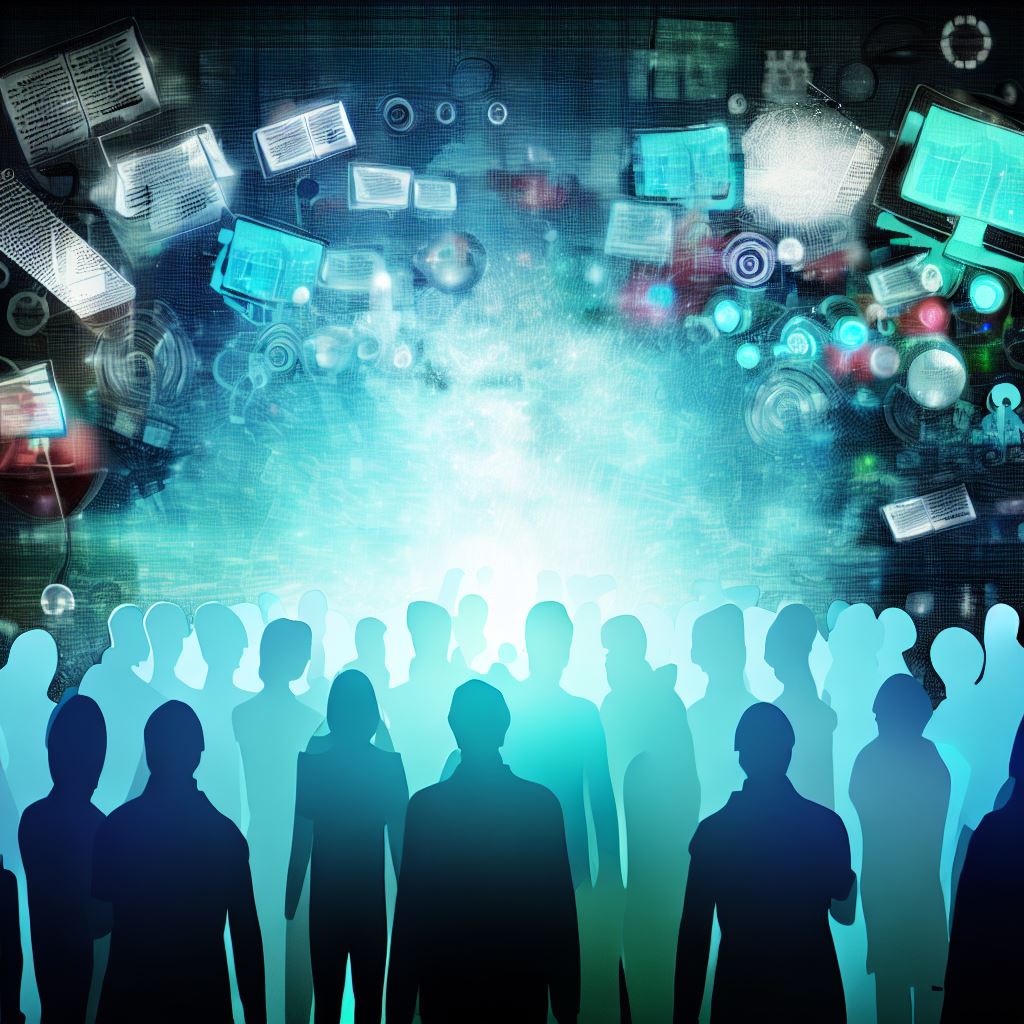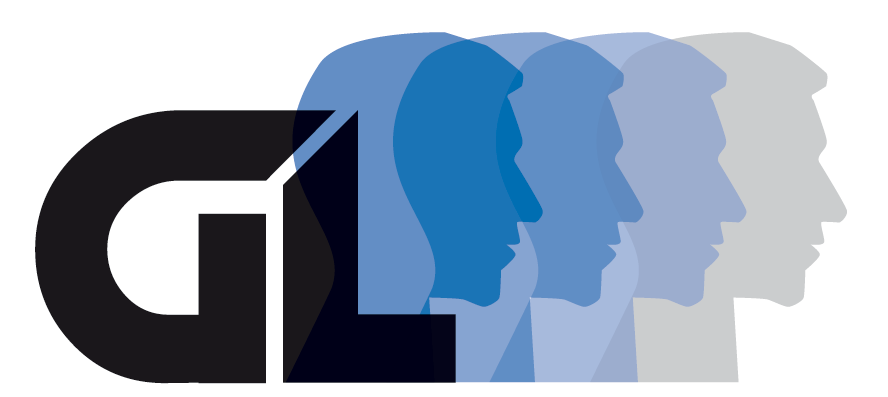
The shaping of gender stereotypes is a critical aspect that the pervasiveness of media distinctly influences. There’s no denying the fact that the spectrum of media channels, whether it be television, film, or the ever-evolving digital platforms, exerts a significant level of influence on public perceptions. It plays an instrumental role in shaping societal norms, beliefs, and values. Over time, it catalyzes the formation of overarching cultural ideologies, one of which is gender stereotypes.
In a society inundated with media content, it isn’t surprising to note how the youngest members are directly affected by this all-encompassing influence. From a very young age, children are exposed to a ceaseless influx of images, messages, and portrayals that present a specific take on gender roles. These portrayals, either subtly or overtly, characterize men and women in certain, often rigid, roles, perpetuating longstanding stereotypes.
The sheer volume and constancy of these gendered portrayals often blur the lines between reality and what is dictated by media, leading society to a distorted understanding of gender roles. The disturbing lack of discernment between these genuine illustrations and the artificially constructed, media-propagated stereotypes often becomes the societal norm, contributing even further to this precarious issue.
Consider the common media portrayal of men: the unflinching, emotionless heroes displaying extraordinary courage, strength and resilience under all circumstances. All of it subtly underscore the socially-preferred belief that these are the ‘ideal’ or ‘desired’ male qualities. These media depictions subtly validate and enhance the stereotype that emotional stoicism and physical strength are essential masculine qualities.
The portrayal of women in the media often leans heavily on traditional narratives. Women are frequently illustrated donning soft pastel hues, depicted as nurturing caregivers or loyal, supportive wives. This leads to the reinforcement and dissemination of the stereotype that women are inherently domestic, emotional beings expected to fit into the traditional molds of femininity.
This manipulation and perpetuation of gender stereotypes through the media not only shape society’s understanding of gender roles but also establish a firm basis for discrimination. The media, with its vast reach and influence, is a key player in this scenario, reinforcing, validating, and often exacerbating these stereotypes. Through the faithful echoes of these biased portrayals, the cataclysmic effects of gender stereotyping continue.
The Depiction of Sexuality within Media Arenas
Social mass media has increasingly become a significant aspect of society, playing a decisive role in shaping the discourse and depiction of key subjects, including gender and sexuality. A standardized narrative, particularly in relation to depiction of sexual orientations comes to limelight. Words can barely address the prominence that heteronormative relationships behold within this media environment. TV shows, advertisements, and movies bestow them with ample visibility, while others such as homosexuality, bisexuality, or non-binary sexual orientations are pushed into the background, if not entirely disregarded.
Understanding this imbalance requires acknowledging the myriad ways in which non-heterosexual identities are often depicted as exotic or divergent. More often than not, these relationships face suppression, are cloaked under the guise of novelty, or are simply written off as deviant from the societal norm. This leads to the creation and perpetuation of erroneous stereotypes and misconceptions that contribute to a long-standing heritage of marginalization and disempowerment.

Taking gay men and lesbians as an instance, their portrayal within media manifests an apparent oversimplification. Representations typically lean heavily on the side of hypersexualization or the unnecessary association with explicit content. Such depictions are a misleading, reductionist view that distorts the variability, richness, and depth of their lived human experiences. These are individuals with life stories and journeys which cut across the breadths of love, work, family life, social interactions, but media often makes them synonymous with just their sexuality, boiling down their existence to a single aspect.
Despite the slowly changing societal attitudes, heterosexuality gets painted repeatedly as the standard. Straight couples continue being the mainstay in major forms of media, in a clear bias that neglects the diversity of human relationships. This not only enables a skewed perspective of ‘normalcy’ but greatly inhibits the space for acceptance and understanding of non-heterosexual relationships.
This aspect of media representation calls for crucial reevaluation and transformation. The task at hand lies in dismantling these partial narratives and fostering an environment in media where all forms of love and relationships gain equal standing. By doing so, media can serve as a catalyst for positive change, breaking away from the traditional stereotypes and misconceptions, celebrating diversity, and promoting inclusivity – projecting a truthful reflection of society as it is today.
The Media's Opportunity for Progress
Accusations targeted at media regarding its complicity in endorsing stereotypes represent not only a slamming indictment but also an urging for proactive rectification. Media corporations stand at an advantageous position to utilize their commanding platforms as agents instigating transformation. Adopting a range of gender expression and sexual orientation within media could play a substantial role in challenging deeply ingrained prejudices and promote widespread acceptance of diverse identities.
An integral part of this endeavor involves creating a balanced portrayal of all genders, moving beyond the confinement of traditional gender roles. This can be achieved by various forms of media selectively portraying men as nurturing, emotionally open, and involved in familial responsibilities. For instance, showcasing females as self-reliant, driven, and efficient leaders dramatically contradicts conventional portrayal.
Regulating media’s focus to encompass authentic representation of varied sexual orientations also gains paramount importance. The non-heteronormative relationships need to be featured as normative and wholesome. Oversexualized or clichéd representation of LGBTQ+ individuals requires demolition. A transparent display of their day-to-day lives and experiences would offer the audience a broader perspective. This, in turn, can facilitate widespread acceptance and normalization of diverse sexual identities.
The media’s influence in cementing gender and sexual stereotypes can’t be overlooked, but concurrently, its capacity to provoke impactful change is equally present and substantial. Forging ahead to tear down morbidity of stereotypes, while boldly endorsing diversity and equality is the need of the hour for the highly influential media industry. This could set a revolutionary precedent, further advocating for a more inclusive society, embracing individuals across all genders and sexual orientations. Realizing such transformation won’t be exclusive to the advancement of the media industry, nor is it merely its responsibility. Rather, it illustrates a step forward to a progressive societal transformation promoting inclusivity and acceptance at its core. The quest for equality becomes a joint endeavor, pushing the envelope for the media sector and society alike.
